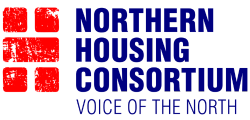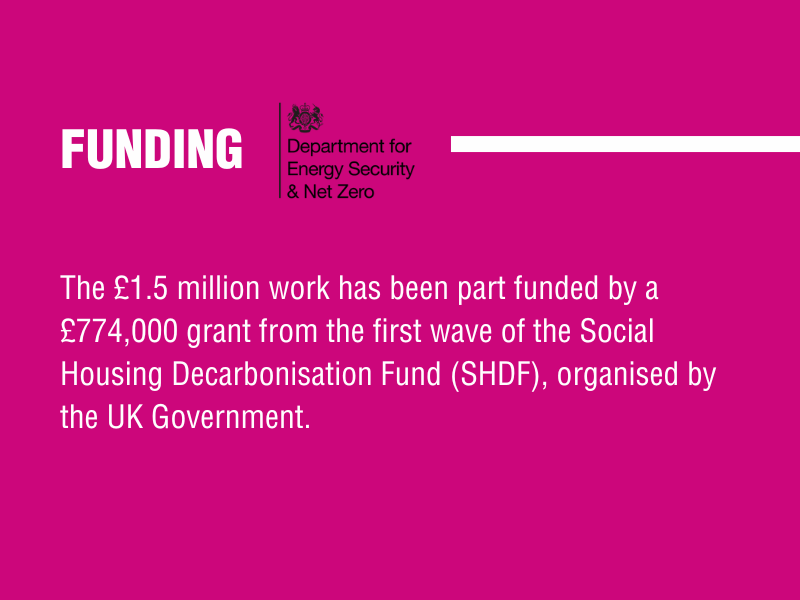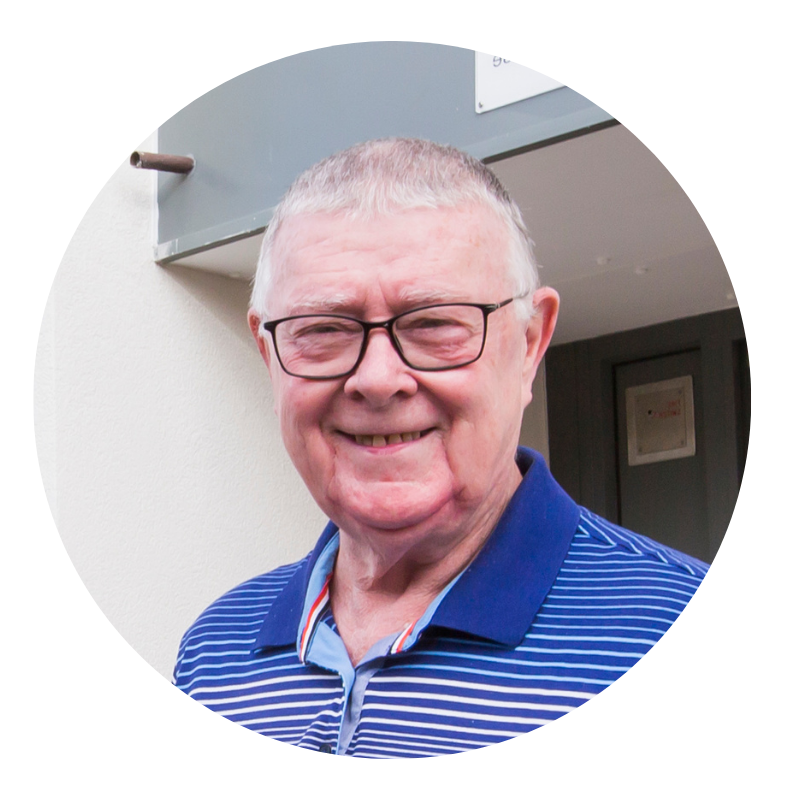ACTION
Residents living in four blocks of low-rise flats in Illingworth near Halifax are benefitting from external wall insulation (EWI), designed to create warmer, efficient homes with lower energy bills.
Each property benefitted from an additional 100mm of sustainable, non-combustible, and thermally efficient insulation, before a thin self-cleaning render was applied to give them a whole new look. The project could help to save each flat, on average, £169 a year on the energy bill. This is an environmental saving of, on average, 900kg of CO2 a year.
The initial works took around six weeks to complete and has improved each flat’s Energy Performance Certificate (EPC) from a D rating to at least EPC C rating.
The properties will also switch from gas central heating to renewable energy sources like solar panels and heat pumps in the future to further reduce their carbon impact and help to save on energy costs.
IMPACT
One of the residents who benefitted from the works last year was 72-year old Harold Hebblewhite, who said at the time:






